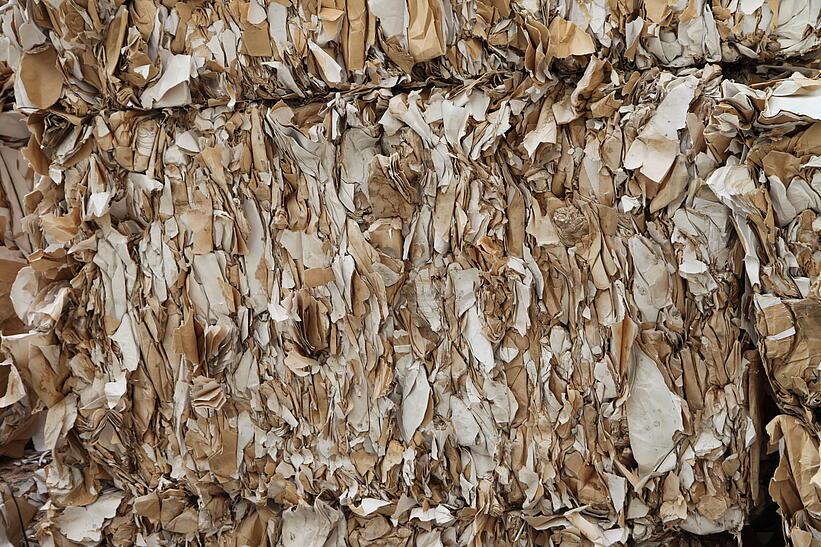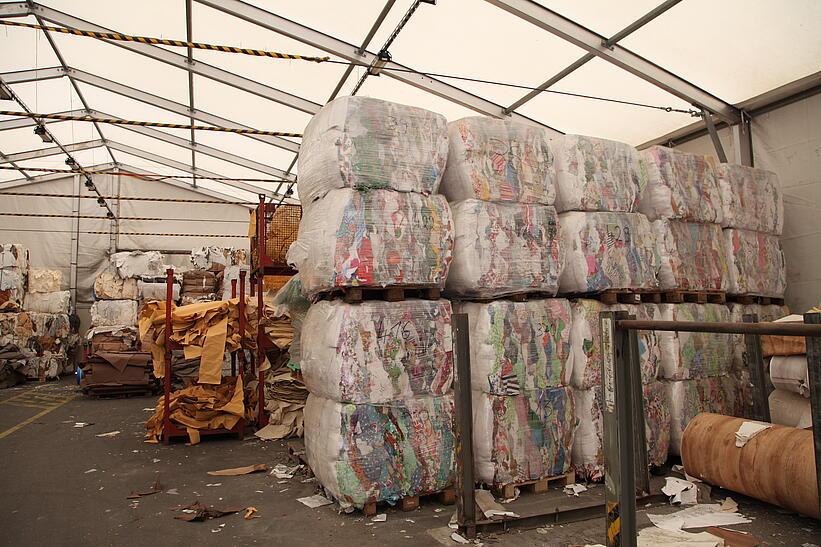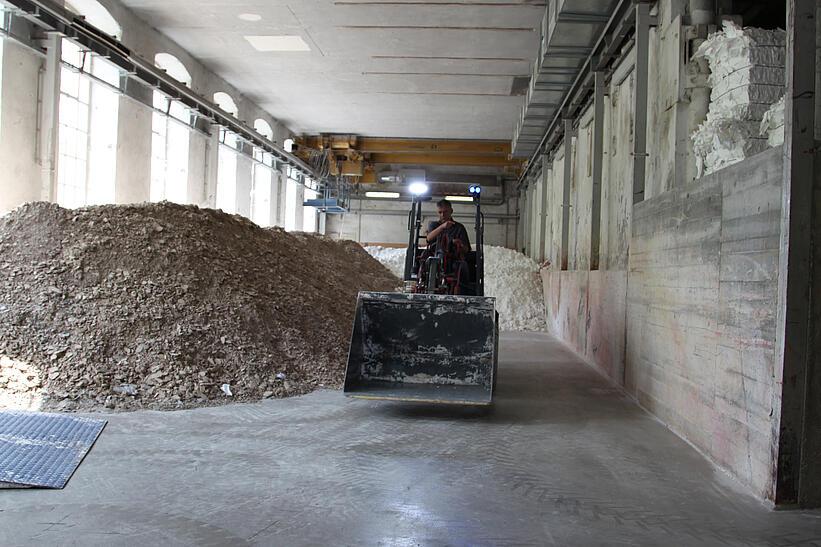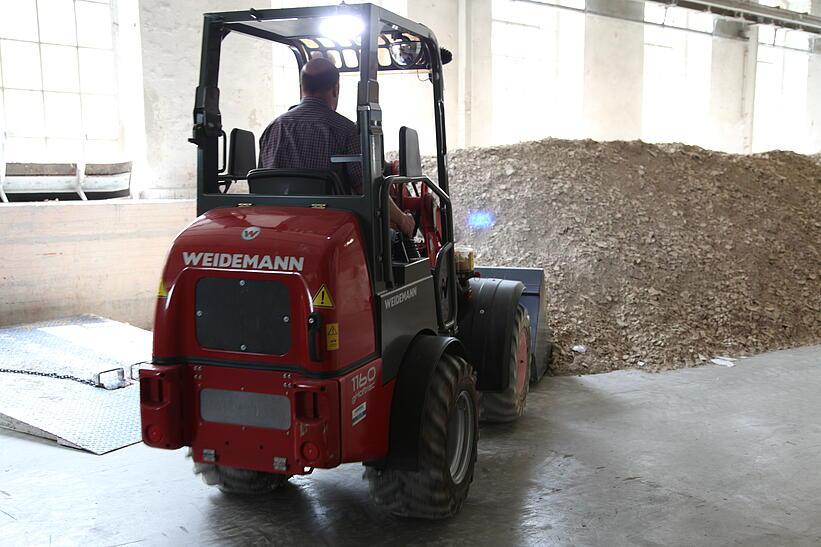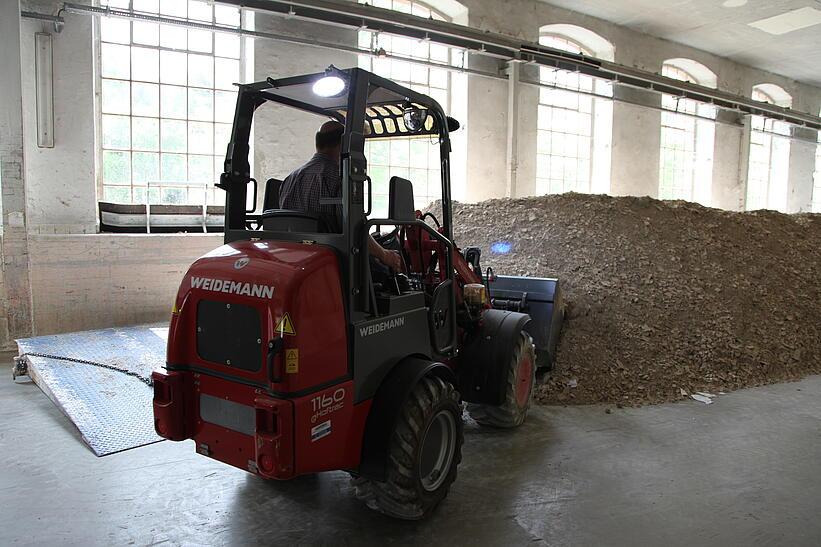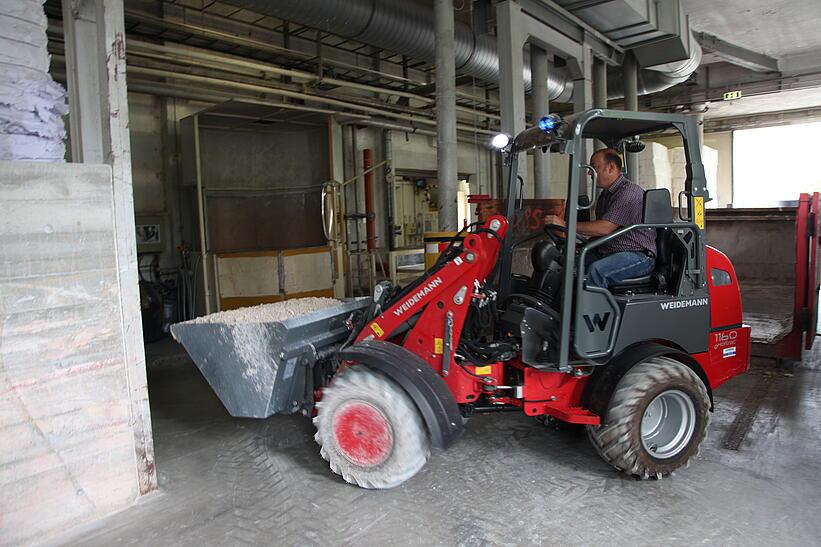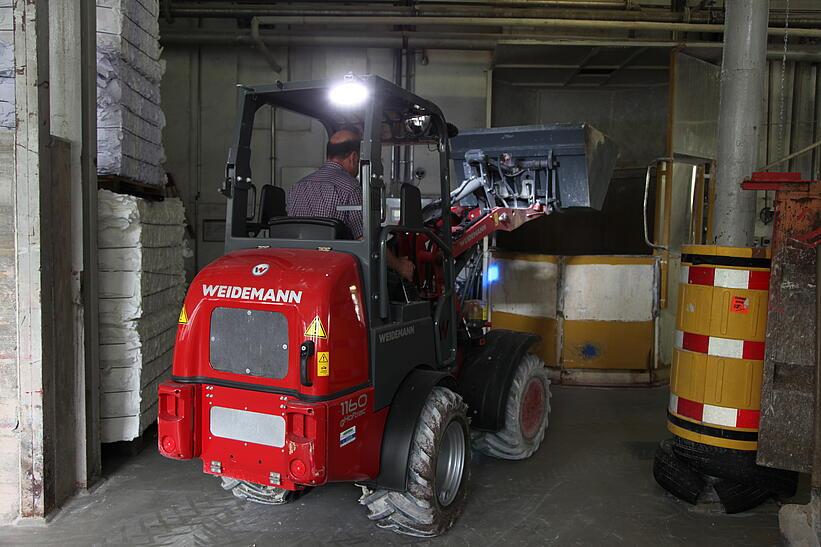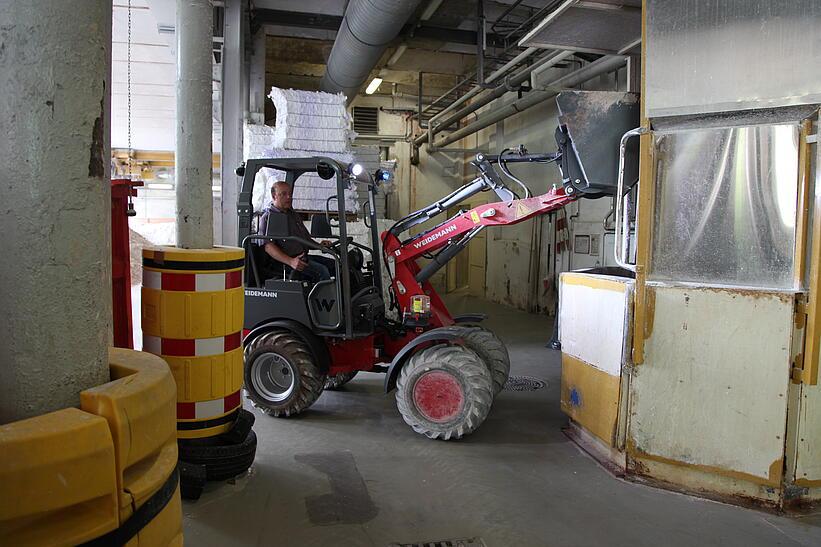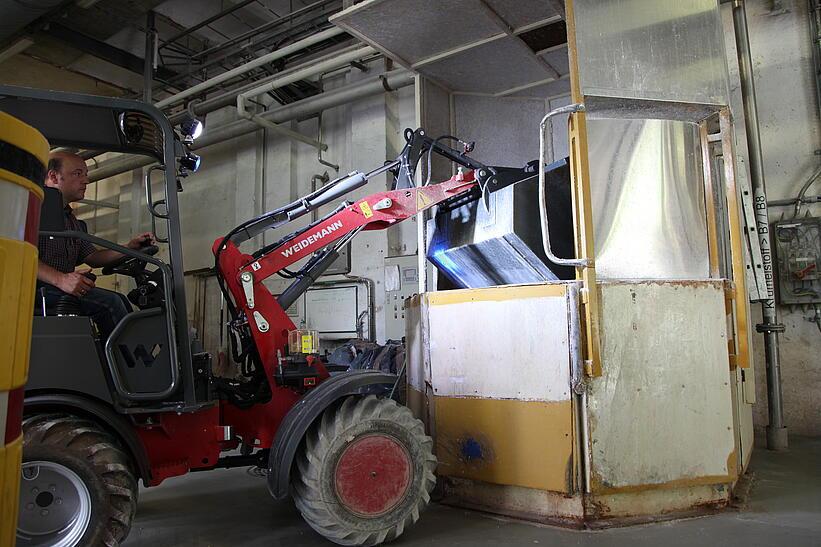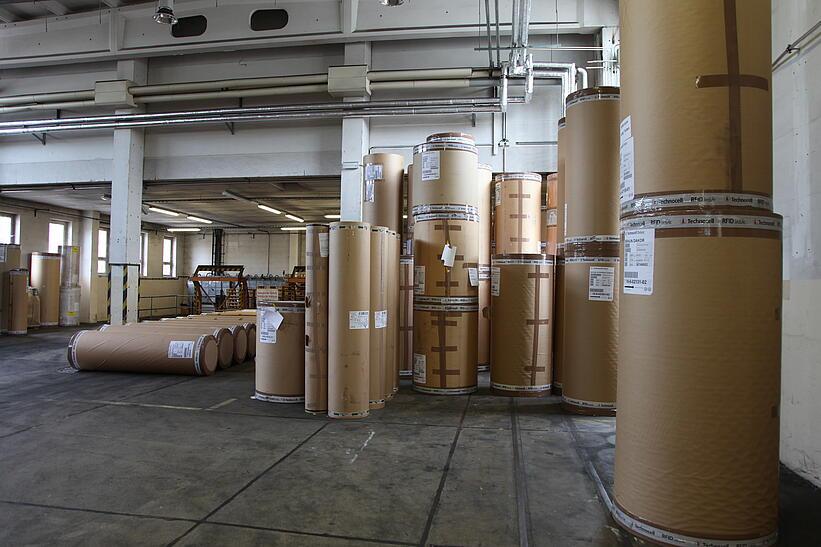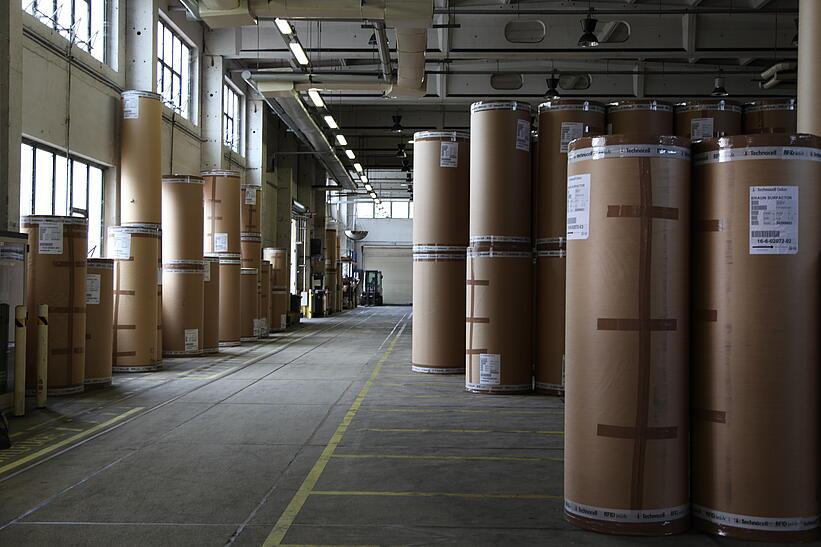Tradition and innovation work hand in hand at Schoeller Technocell
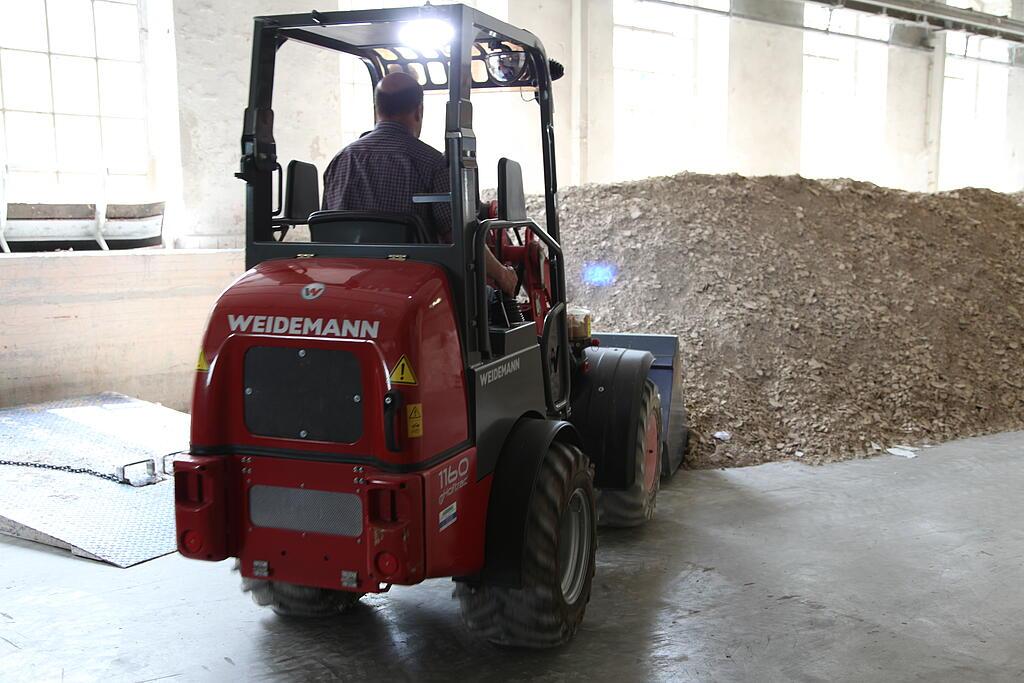
Since 1537, the factory on the Zwickauer Mulde has been producing paper and the Weidemann 1160 eHoftrac has been in application there since 2015.
The paper factory in Penig is the oldest still-producing paper factory in Germany. Paper has been produced here since 1537. In the beginning, the production still took place in painstaking manual work with the deckle frame. The first machine was purchased in 1835 in order to simplify the production process. The factory was one of many paper factories on the Mulde river. Due to its proximity to the printing centre in Leipzig, the factory experienced its flowering from 1870 to the first world war.
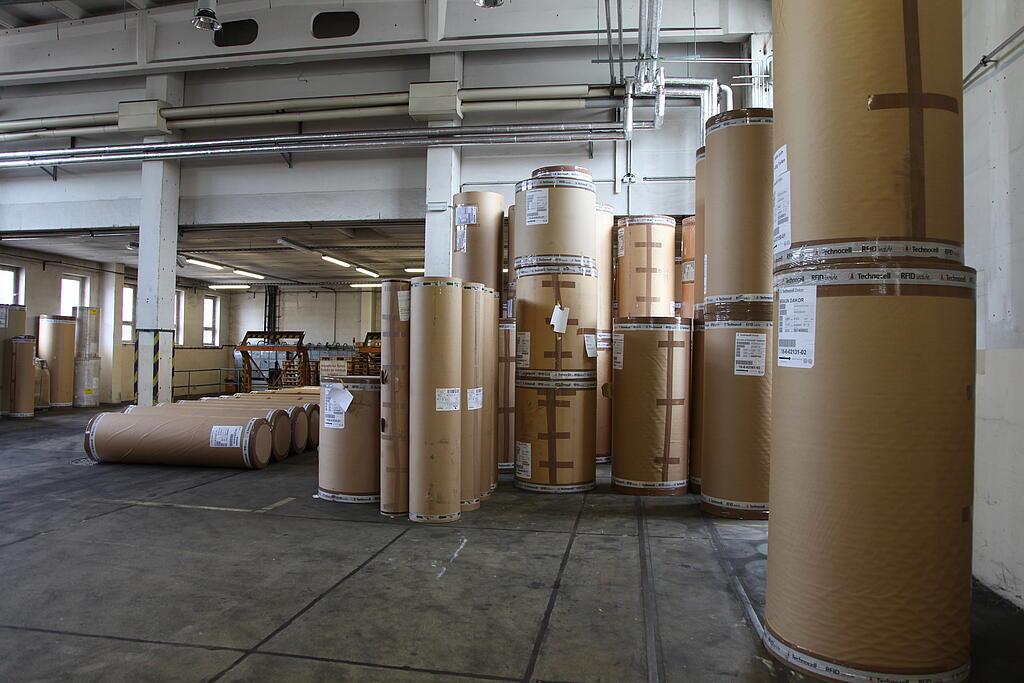
Since the end of the 1950s, the traditional location has specialised in the production of dark-coloured decor and counteracting paper, e.g. for flooring (laminate). Since 1991, the factory has been part of the Felix Schoeller Group, one of the world’s largest manufacturers of photographic paper. In Penig alone, up to 28,000 tonnes of paper are manufactured every year and distributed across Europe. Depending on the requirements, grammages between 40 and 140 g/m² and widths up to 265 cm are offered. Among other things, paper mill sludge (residual material from paper production) from the sister plant in Günzach and secondary pulps, such as defective batches, are used as raw materials. The loose paper mill sludge from Günzach or from their own accrual is moved with the compact Hoftrac and tipped into the break-up pulper. To date, the workers in Penig worked with conventional machines with a combustion engine. "There was also a Weidemann included in the bunch", knows fleet manager Thomas Stein. However, there were various aspects that had to be taken into consideration during the work: the exhaust fumes of the wheel loader always swirled up small particles. Together with the heat development from the engine, there was always a danger of a dust explosion in the room.
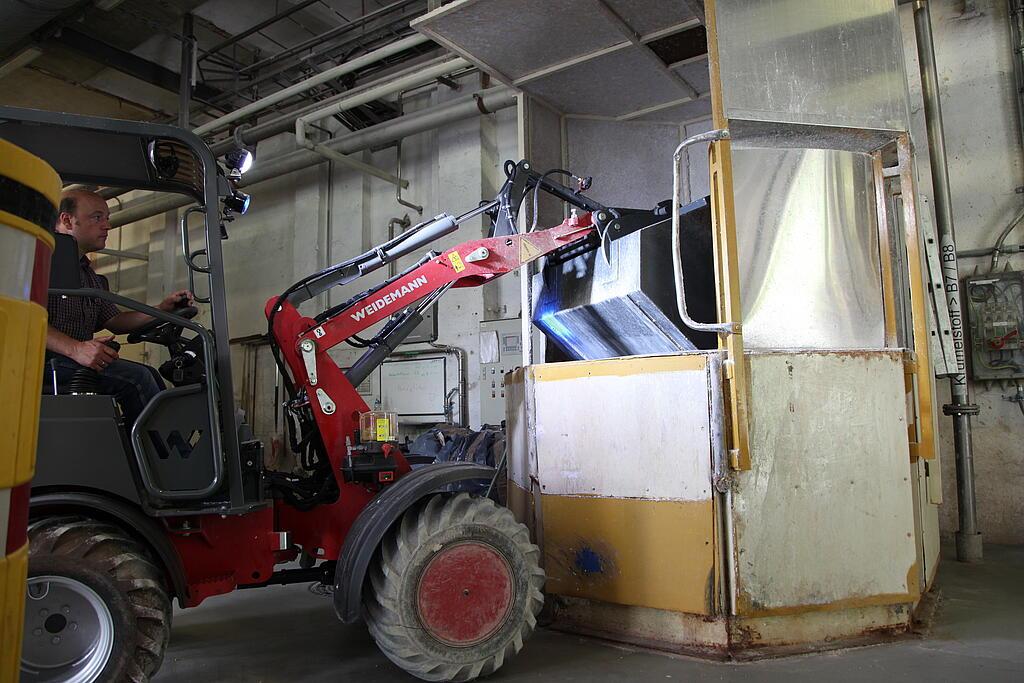
“I then heard about the ‘eHoftrac project’ at a plant trade fair from a forklift manufacturer”, explains Thomas Stein. “I immediately wanted the thing! When Mr Drescher (Weidemann distributor in Arneuba), then introduced the machine, I didn’t waste any more time”. In the spring of 2015, one of the first 1160 eHoftracs was finally delivered to the Penig paper factory. Another reason that spoke for the 1160 eHoftrac from Weidemann and that ultimately would also convince the management was, in addition to the reduced risk of fire, the freedom from emissions. Since the machine is used in the building, noise and odour pollution were often a negative aspect of the working area. “And ultimately there is of course also the much lower maintenance effort”, adds the vice president and location manager Reinhard Geißler, satisfied that the 1160 eHoftrac has met all expectations.
The Weidemann distributor Arneuba has contributed to the safety of the colleagues by mounting a so-called blue safety light. The blue light, which is frequently used with electric forklifts, warns surrounding colleagues of the approaching quiet machine. Overall, the 1160 eHoftrac from Weidemann is therefore a very good supplement to the sustainable machine fleet and was the ideal solution for the special requirements of Schoeller Technocell.
More information
Go to next application report
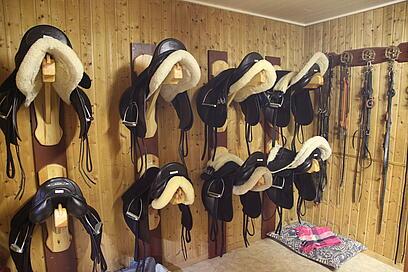
Piaffe – Passage – and Weidemann
The Helenenhof in Schleswig-Holstein is about horses. And about…





